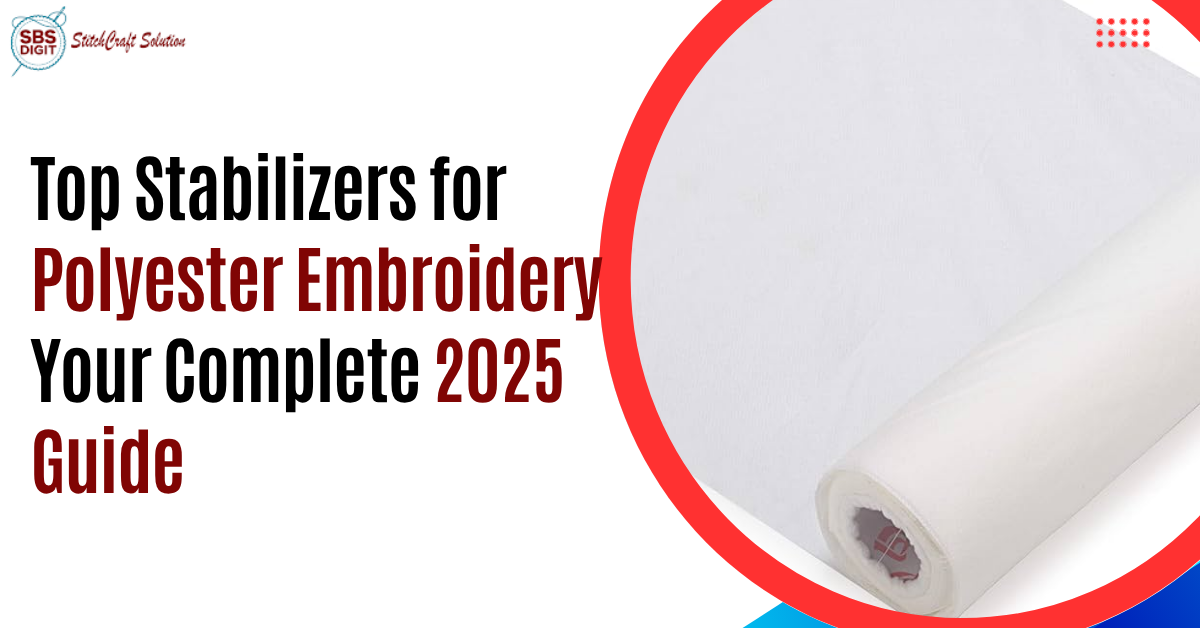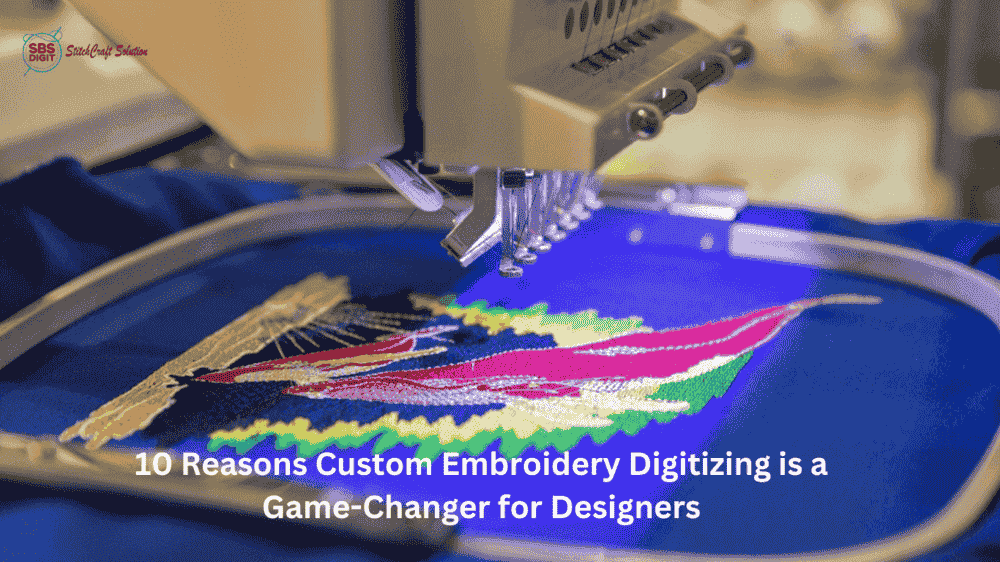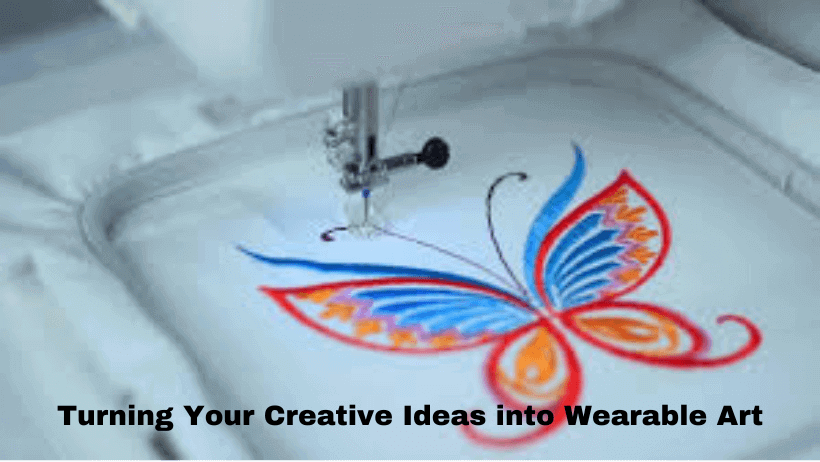If you are looking to do machine embroidery using polyester fabric picking the appropriate stabilizer is essential for smooth professional outcomes. Polyester, specifically 100% polyester is noted for its soft fabric, texture, stretch and the tendency to pucker under embroidery needles. It’s the reason why using the proper kind of stabilizer for polyester for use on embroidery machines isn’t advised, but it’s crucial.
In this article, SBS Digit breaks down everything you should learn about the most effective stabilizers to use with polyester embroidery which includes the polymesh stabilizer and tear-away alternatives, and the best time you should use them.
Why Stabilizers Matter for Polyester
Polyester is extensively used in clothing for sports, athletic wear as well as uniforms due to its strength, durability, properties to wick moisture as well as its the ability to stretch. But, the same characteristics create a challenge for embroidery.
If you don’t have a stabler in place:
The stitching may not keep their form.
The fabric may stretch or move.
Some designs can wrinkle or pucker when washed.
That’s where the use of the appropriate sort of stabilizer that works with polyester for embroidery machines will make everything the difference.
1. Polymesh Stabilizer – The Best Friend of Polyester Embroidery
One of the top alternatives by professionals who digitize among them SBS Digit, is the polymesh stabilizer (also called non-show mesh). It’s specifically designed to work with fabric that is lightweight and stretchy like 100 percent polyester.
Key Features of Polymesh:
The fabric is soft and sheer. This makes it suitable for clothing that are worn close to the skin.
Protects against distortion and puckering on stretchy polyester.
Visible under lighter-colored or thin fabric.
You can pair toppings with it to increase clarity and detail.
When to Use Polymesh:
Make use of use a stabilizer made of polymesh for embroidery on sportswear, T-shirts or even thin polyester clothing. It’s particularly useful for logos with big designs that need stability, but without rigidity.
2. Cut-Away Stabilizer For Permanent Support
The use of cut-away stabilizers is essential to fabrics that stretch, like polyester blends as well as 100 percent polyester. As opposed to tear-away stabilizers and cut-away, cuts-away remain in the fabric following trimming, ensuring constant help.
Why It Works:
It keeps the integrity of the embroidery intact even after repeated washes.
Ideal for complex or large design.
It reduces the amount of puckering and stretching that occurs when stitching.
Best Use Case:
If you’re using a fast embroidery machine that uses polyester or stitching elaborate designs and letters then cut-away is the ideal.
3. Stabilizer Tear-Away at your own risk
Tear-away stabilizers work well in conjunction with polyester, however they must be used under certain specific conditions. As polyester is a flexible or slippery, the basic tear-away stabilizers can’t always give sufficient support.
Use It When:
The fabric is long and tightly knit.
The style is minimalist and does not include small details.
There is a small amount of stabilizer left following embroidery.
For a more efficient tear-away with 100% polyester, mix it with a spray of temporary adhesive or apply the double layer.
4. Water-Soluble Topping – For Smooth Surface Designs
Though technically it’s not a stabilizer for the base, the water-soluble top is commonly used cutting-away or polymesh on polyester in order to stop stitching from sinking into fabric.
Especially Useful For:
Lightweight polyester knits.
Design with exquisite detail or tiny fonts.
Clear, sharp lines.
The topping should be placed on the surface of your fabric prior to sewing. After that, it will dissolve in water leaving the professional look.
SBS Digit’s Recommended Combination for 100% Polyester Embroidery
SBS Digit SBS Digit SBS Digit, we have experts in digitizing recommend using the following stabilizer settings for embroidery using 100% polyester
Polymesh stabilizer and water-soluble topcoat = best outcomes for stretch polyester fabric
The combination provides solid base support as well as high-quality surface but without making clothing rigid. It’s perfect for logos of corporate clients as well as sports uniforms and activewear embroidery.
Tips for Successful Embroidery on Polyester
Make sure you hoop correctly Choose the appropriate Hoop size, and make sure the stabilizer and fabric remain in good shape and not stretched.
Make use of ballpoint needles to avoid punctures and snags on soft polyester.
Test your design Make sure you run tests on a spare part of the same fabric to determine how it will perform.
Your machine will be slower A lower speed will to improve precision and prevents moving the fabric.
Frequently Asked Questions
Q: What is the best stabilizer do?
Answer: I need to put on my polyester embroidery machines What is the best option is a polymesh stabilizer or cut-away depending on your design’s complexity as well as the weight of your fabric. Do not use a tearaway that is lightweight when you are working with stretchy fabric.
Q: Should I apply the same stabilizer across every type of polyester?
Answer: There are exceptions. Utilize polymesh for stretchy, lightweight polyester as well as cut-away to make thicker clothes. Be sure to match the stabilizers with the fabric’s size and weight.
Q: What’s the ideal stabilizer to utilize on 100 100% polyester embroidery?
Answer: Polymesh stabilizer is the ideal choice. It helps prevent distortion, particularly when it comes to high stretch polyester items such as T-shirts and sportswear.
Final Thoughts
The embroidery process on polyester does not have to be an issue. With the right stabilizer especially polymesh or quality cut-away you can create professional, long-lasting embroidery designs on even the stretchiest polyester garments.
SBS Digit is a company that provides SBS Digit We specialize in personalized embroidery digitizing which are designed to work with any type of fabric, which includes polyester. If you’re operating a commercial embroidery company or designing customized apparel, we make sure your designs are properly stabilized well, are sharp and constructed to endure for a long time.



